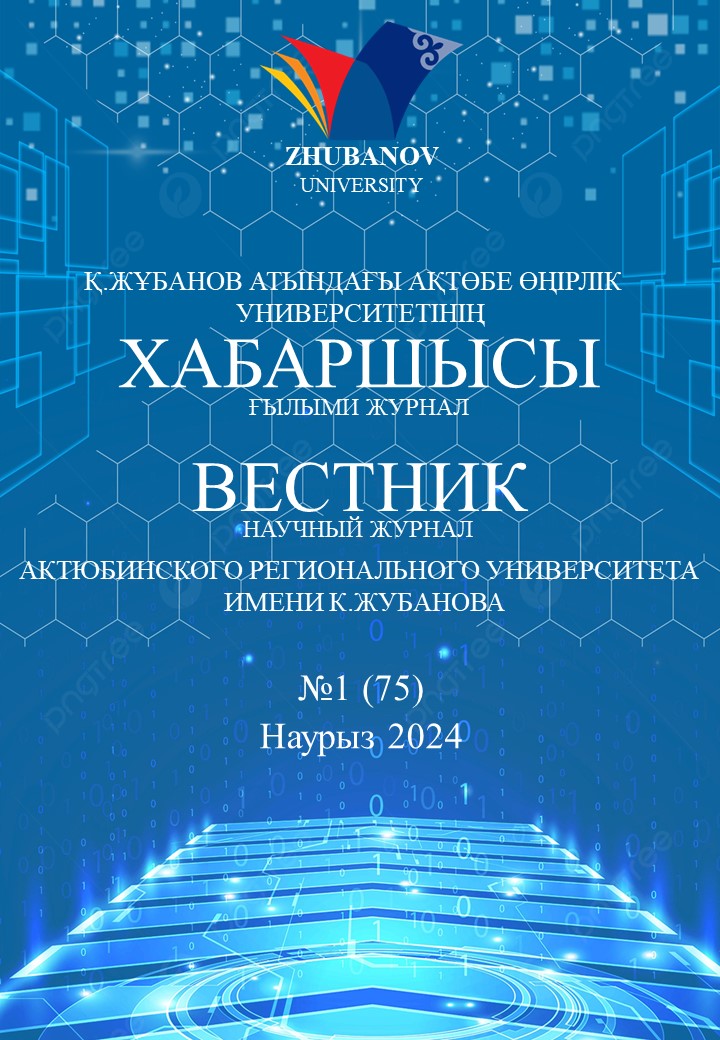This article reviews the practical significance of diatomite as a natural fertilizer and soil health improving agent through its influence on microbial communities inhabiting them. Thus, in view of the persistently deteriorating ecological situation worldwide, the state of land cover suffers negative changes caused by uncontrolled anthropogenic impact, accumulating the products of oil industry, light and heavy industry waste, along with filtering all elements of wastewater. Soil bioremediation methods, in particular, with the use of diatomaceous earth and similar mineral compounds, are proposed to solve the problem under consideration. These fossil materials are good adsorbents that can saturate the soil with certain microelements and nutrients, which can lead to the growth of useful microflora - nitrogen-fixing, sulfite-reducing bacteria, actinomycetes, and to the suppression of undesirable microflora - pathogenic
and conditional-pathogenic microscopic fungi, phytopathogenic viruses and bacteria. The scientific article aims to theoretically investigate the issues of interaction of microorganisms within the soil ecosystem: their symbiosis and synergy, antagonistic effect, impact on plant life, and the role of diatomite in the examined processes.The work has resulted in the theoretical justification of diatomite processing and mining industry development for its use in composite material capable of soil bioremediation.
A.N. BAIZAK
Bachelor student, Aktobe Regional University n.a. K.Zhubanov. Aktobe
timur.cheng@gmail.com
https://orcid.org/0009-0005-0288-8773
S.F. SEMENIKHINA
Aktobe Regional University n.a. K.Zhubanov. Aktobe Candidate of Pedagogical Sciences, Associate Professor of Biology
Svetasemen69@mail.ru
https://orcid.org/0000-0002-0958-8256
- Стифеев А.И., Лазарев В.И., Никитина О.В. Роль микроорганизмов в круговороте веществ и почвенном плодородии центрального черноземья // Вестник Курской государственной сельскохозяйственной академии. 2019. №9.
- Диатомит: неиспользованные возможности – Новости университета К. Жубанова 07.02.2019: https://news-ru.arsu.kz/?p=9552
- Кульдеев Е.И., Бондаренко И.В., Темирова С.С., Тастанов Е.А., Нурлыбаев Р.Е. Состав и свойства диатомитового сырья Казахстана и синтез на его основе силикальцитов для получения строительной продукции // Комплексное использование минерального сырья.
- № 4. 2018. https://doi.org/10.31643/2018/6445.41 DOI: https://doi.org/10.31643/2018/6445.41
- Куликова А.Х., Яшин Е.А., Данилова Е.В. Эффективность использования диатомита и его смеси с минеральными удобрениями при возделывании озимой и яровой пшеницы // Вестник Ульяновской ГСХА. 2008. №1 (6).
- Титова В.И., Козлов А.В. Агрохимическое и микробиологическое состояние ризосферы озимой ржи при применении диатомита // Агрохимический вестник. 2011. №2.
- Козлов А.В., Куликова А.Х., Уромова И.П. Активность силикатных бактерий и Bacillus mucilaginosus в дерново-подзолистой почве в отношении деградации диатомита Инзенского месторождения // Известия Иркутского государственного университета. Серия: Биология. Экология. 2019. https://doi.org/10.26516/2073-3372.2019.29.3 DOI: https://doi.org/10.26516/2073-3372.2019.29.3
- Куликова А.Х., Яшин Е.А. Роль кремния и высококремнистых пород в защите посевов сельскохозяйственных культур // Вестник Ульяновской ГСХА. 2015. №4 (32).
- Hsien, KJ., Tsai, WT. & Su, TY. Preparation of diatomite–TiO2 composite for photodegradation of bisphenol-A in water. J Sol-Gel Sci Technol 51, 63–69 (2009). https://doi.org/10.1007/s10971-009-1921-6 DOI: https://doi.org/10.1007/s10971-009-1921-6


